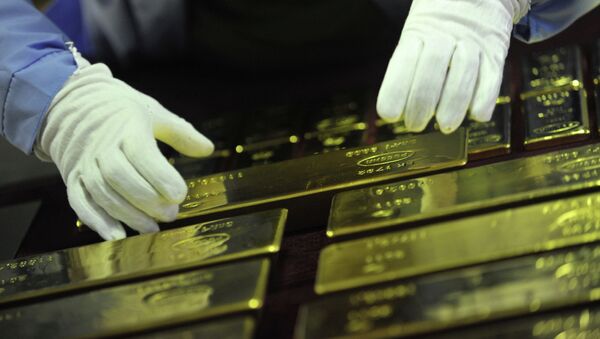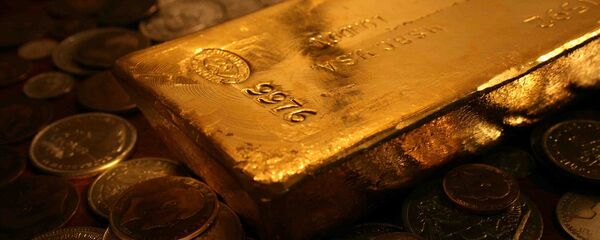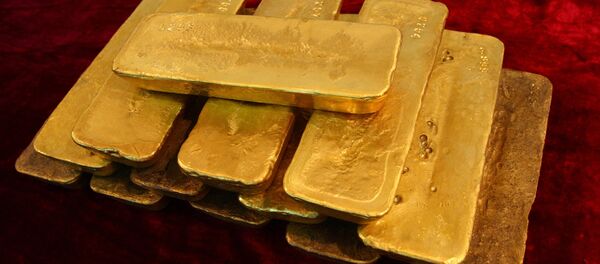As a whole, Russia's foreign reserves grew by four percent last month, and stood at $393.6 billion on February 10.
The January purchase followed a pause in December, when Russia didn't buy any gold. Prior to the hiatus, Russia consistently increased its gold reserves. In November 2016 it bought 31 metric tons, and in October bought 48 tons, the largest purchase since 1998.
In 2016 as a whole, the Russian central bank bought 6.4 million troy ounces of gold, or around 200 metric tons of the precious metal. The previous year, the central bank increased its gold reserves by 206 metric tons.
At a Thomson Reuters conference in September, deputy head of the central bank's department of statistics Anton Navoi said that gold makes up 16 percent of Russia's foreign currency reserves, but Russia has not set a specific target it wants to reach.
"The bank is buying gold because it's advantageous. Our country is third in the world in terms of gold production, and we have the opportunity to buy it in our national currency, in contrast to other countries that don't have such an opportunity," Navoi explained.
According to a report released by the OMFIF think tank in September, central banks are turning back to gold purchases following four decades of attempted demonetization.
Central banks have been net bullion buyers every year since the 2008 financial crisis, adding more than 2,800 tons or 9.4 percent to their reserves.
The past eight years has seen the longest protracted spell of gold accruals since 1950-65, when central banks and treasuries acquired a net total of more than 7,000 tons as their economies recovered after World War Two.
However, the World Gold Council reports that the pace of gold purchases slowed last year, partly as a consequence of pressure on foreign exchange reserves.
In 2016, central banks bought 383.6 tons of the precious metal, 33 percent less than the previous year. Last year's buying was led by Russia, China and Kazakhstan, which accounted for 80 percent of the total purchases.



